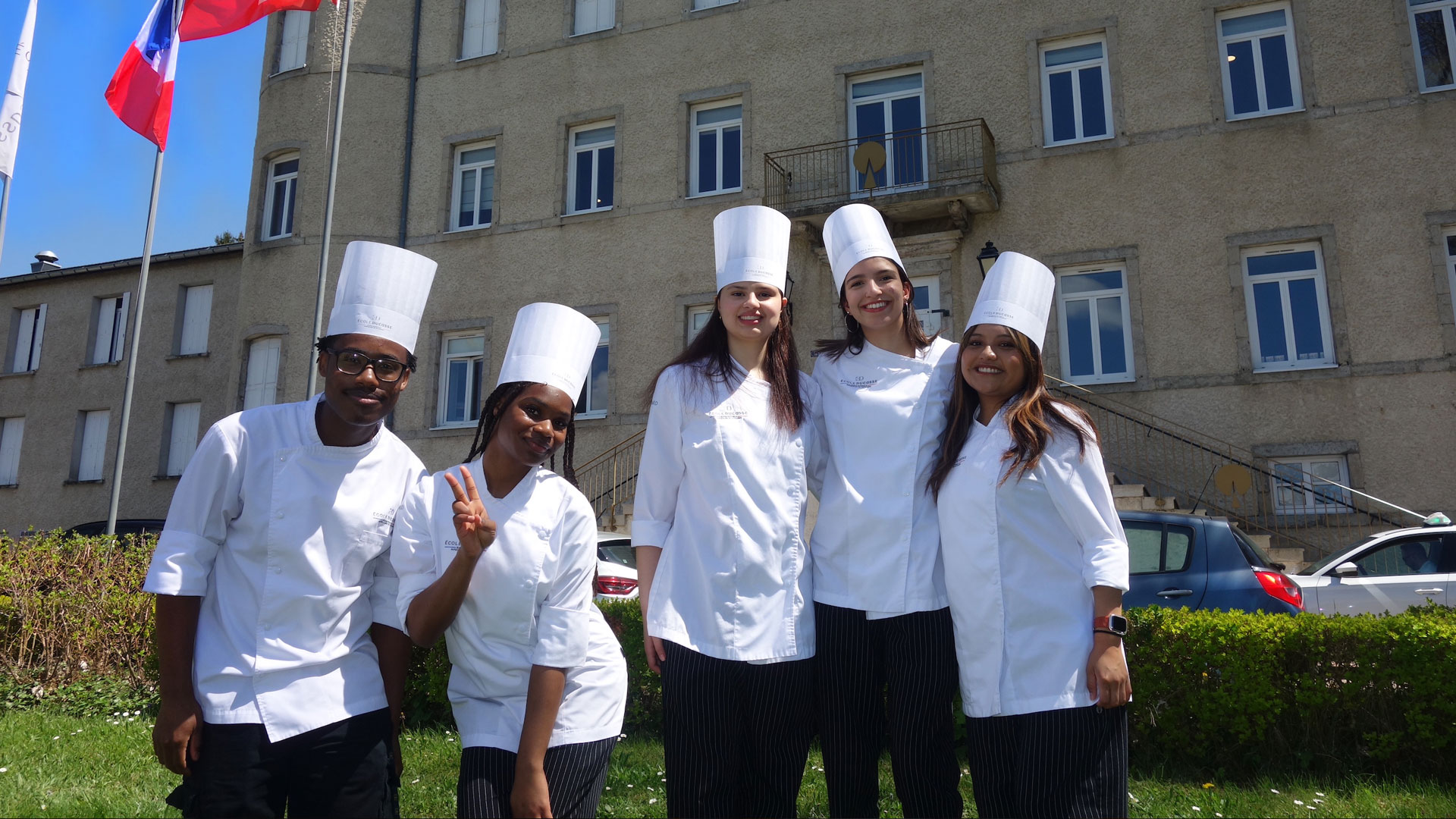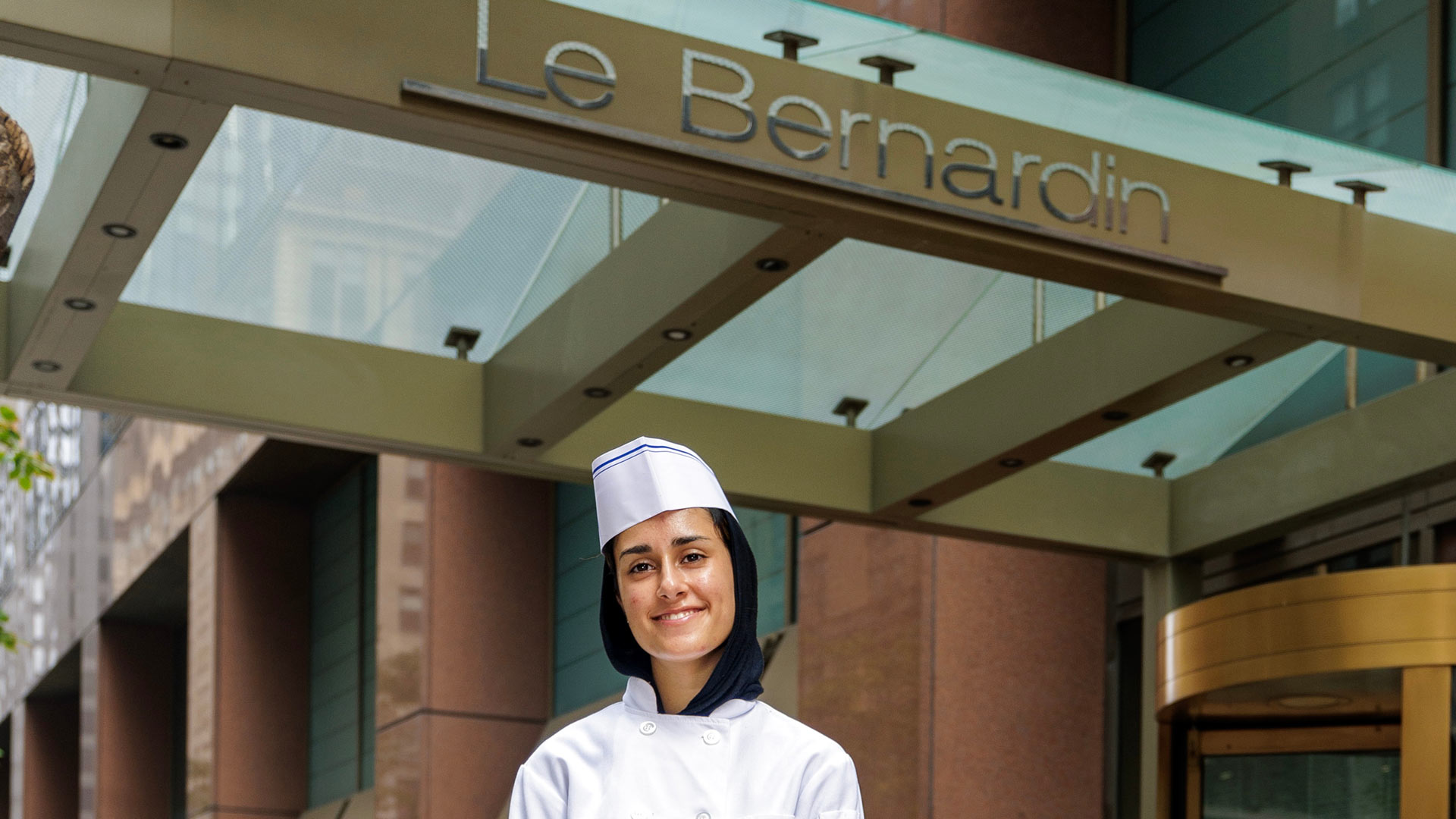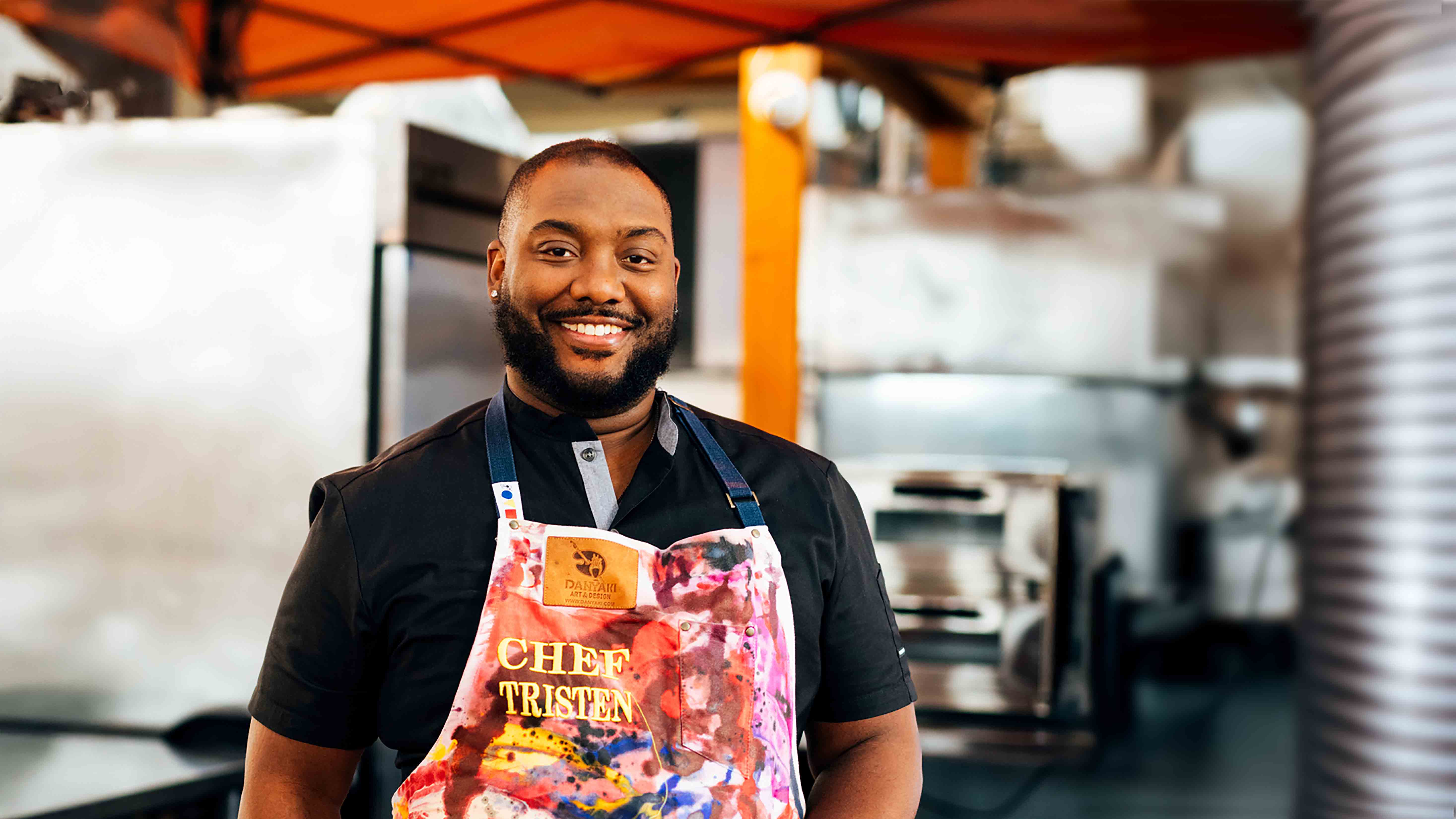5 Effective Ways to Reduce Food Waste this Thanksgiving
This Thanksgiving Day — especially after the socially distant Thanksgiving last year — will represent an even more meaningful connection to family, friends, and food. Just thinking of the Thanksgiving meal itself can conjure up feelings of joy, happiness, and the sense of being satiated.
However, Thanksgiving also represents a time when the United States generates a substantial amount of food waste. According to Yvette Cabrera, interim food waste director for the Natural Resources Defense Council, in a 2020 USA Today article, turkey alone accounts for 200 million pounds of food waste. And that’s not even counting the side dishes such as leftover stuffing, gravy, mashed potatoes, and pumpkin pie that gets tossed into the trash.
Turkey alone accounts for 200 million pounds of food waste.
So, what can you do at home to reduce what ends up in the landfill after turkey day? Here are some tips to not only help keep the food out of the trash but also save you money.
How to Prevent Holiday Food Waste
1. Reduce
Before grocery shopping for the Thanksgiving meal, plan your menu and consider how much you need to buy based on the number of guests joining you for dinner. If you do a simple internet search, you can find plenty of great websites that will help you calculate how much food you will need to serve a certain number of guests. For example, the National Resources Defense Council offers a “Guest-imator” that considers the appetites of your guests (“small eaters” to “big eaters”) and what’s on your menu. Many of these online calculators will also factor in leftovers if you want them.
2. Refuse
After you know how much food you’ll need per guest, create a well-thought-out shopping list of your items, paper products, etc. Resist (refuse) to buy items not on your list. Slick marketing techniques and temptation will be in every aisle at your supermarket — don't cave in! And it helps to eat a meal or a snack before you go so your stomach isn't shopping for you.
More than likely, your guests will ask, "What can I bring?" Let them know you will have plenty of food, but also be prepared to suggest an item they can contribute. You can also be proactive with guests by coordinating what they bring well in advance of Thanksgiving. Remember, more food brought into the home will potentially add to the amount of food that ends up in the trash.
3. Reuse
Chances are, no matter how well you calculate how much food you need, you will have leftovers. And that’s not a bad thing! If you are like me, a “Thanksgiving sandwich” later that day or over the next day or two is a much-anticipated tradition. But at some point, you will tire of turkey. That's when you move on to the next “R”: repurpose.
4. Repurpose
So, you have had your fill of consecutive days of Thanksgiving leftovers ... now what? Repurpose! If you decide to freeze some leftovers, be realistic about how much you will eat in the somewhat near future. Also, remember the next several months have holidays as well — will you be in the same position again? If you choose to freeze some leftovers, do it right: Add the food to the freezer bag or container and remove any excess air. Label the container with what is inside and the date you are freezing it.
There are other ways to repurpose your leftovers. Consider donating: Are there local organizations such as religious groups or other organizations in your area that can put the food to good use? Can some of the food be fed to your pet or other livestock? (Consult your veterinarian first.)
5. Recycle/Rot
Even well-intentioned plans sometimes don't work out and you end up with food that you need to throw away. But the trash isn’t the only option: Products such as fruit and vegetables are compostable, and even if you don't compost yourself, more and more communities offer some variation of community composting.
Any remaining food will most likely need to be put into the trash and will find its way to the landfill. In that case, the amount you are throwing away should be significantly less than the previous years. That, in itself, should be something for you to be thankful for.
Happy Holidays!



